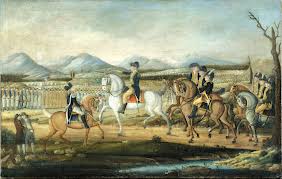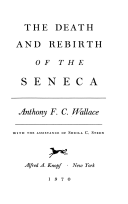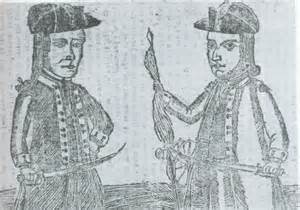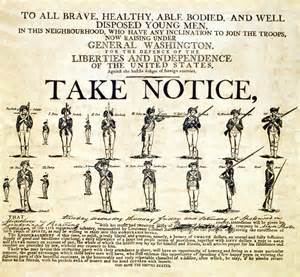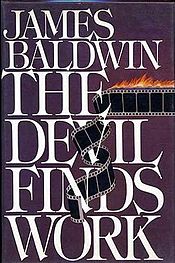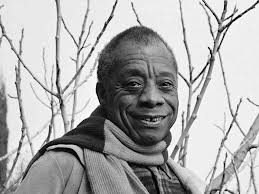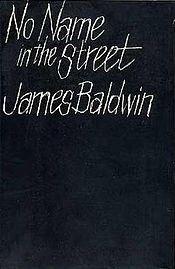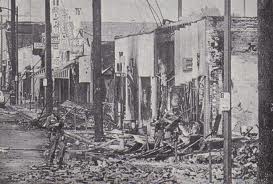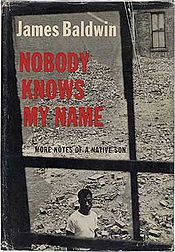I found Washington quite a bit more interesting and even likable as I read over some of the documents produced during his presidency. Perhaps the position forced him to ponder (or at least to write down with more detail) his feelings on governance. Where I need to remain critical of Washington is that while he was actively establishing the U.S. Empire in the West, as revealed through his Indian policies and his response to the Whiskey Rebellion, he stressed non-interventionism in European affairs. Clearly he wanted the U.S. to be an equal with the Europeans and to do so he continued the imperial claims (if not the policies) of the British. This is not a new observation, but it is notable how clearly stated it is in even this brief selection of documents. Some of the highlights in the final part of the Library of American collection of Washington’s writings are his inaugural addresses, his diplomatic letters to some Indian tribes, his letters to ambassadors and cabinet members, and his yearly addresses to Congress. Washington continued his correspondence with the Marquis de Lafayette, which provide one window into the French Revolution (as do his letters to Jefferson in the same period). These are included as well in the collection.
First, to carry on from the previous post, Washington says even less about the slavery during his presidency than he did in the run-up to the drafting of the Constitution. This may be due to politics, but I cannot help but think that Washington clearly saw slavery as domestic affair. It only comes up in his private writings about the management of Mount Vernon or his plans for his estate. He did free all of his slaves in his will and provided for the care of the young or elderly. In a letter to the French ambassador to the United States, Jean Baptiste Ternant, Washington offered support to help put down the slave revolt in Saint Domingue. “I am happy in the opportunity of testifying how well disposed the United States are to render every aid in their power to our good friends and Allies the French to quell ‘the alarming insurrection of the Negroes in Hispaniola’ and of the ready disposition to effect it.” (785) Otherwise, as I suggested, the issue of slavery is simply not there in Washington’s public eye, either due to political savvy or an odd blindness (given the large slave population in his home).
Washington also addresses the question of religious liberty, only in passing. In a letter to the United Baptist Churches he strove to convince them that the Bill of Rights (still being debated and implemented at the time) and the Constitution would not undermined religious societies. It seems clear to me that Washington saw little role for religion in government outside of a defense of liberty. (I know that is an obvious point, but I never actually read Washington to any significant degree before so some of this is confirmation of textbook knowledge.) “If I could not conceive that the general Government might ever be so administered as to render the liberty of conscience insecure, I beg you will be persuaded that no one would be more zealous than myself to established effectual barriers against the horrors of spiritual tyranny, and every species of religious persecution.” (739) Notice that he asserted the need for positive barriers to religious tyranny, not simply the absence of an established religion.
Let me get to my main point, Washington not only envisioned a U.S. empire in the West, but he worked hard to establish it. Evidence of this comes from his view of the people living on the frontier. Many of his official documents such as his yearly messages to Congress call for a stronger military, more respectable foreign affairs, and unity across regions (that is bringing the West into the national fold). In his second message, the need for a stronger military is tied directly to maintaining power on the frontier. The most earnest of these reports to Congress on the difficulties on the frontier was his fourth, delivered in 1792. Controlling the ambitions of frontiersmen, which might undermine the U.S. relations with Indians, was a core concern of his when drafting the message. The central event of his Presidency, in regards to the frontier, was the 1794 Whiskey tax rebellion, which can be seen as the culmination of many 18th century anti-state movements by people in the American frontier. However it was looked upon by the people who participated in the rebellion, Washington saw it as an anti-statist movement. In his call to mobilize the militia he listed their crimes as including “intercepting the public officials on the highways” and tormenting private citizens who supported the whiskey tax and its collection. We can learn a bit from his language. One is that it was not the tax itself that was seen as odious, but rather its implementation and enforcement. (This may be a moot point for what is a law that is not enforced, but most of us do not feel conscious of how disgusting the state is until its laws inconvenience us. It is the moment of truth. Many who admit to the justness of the law will cheat on their taxes to the extend they get away with it, complain about bureaucratic regulations, or even perform acts of everyday civil disobedience, while never being conscious that they are undermining the very foundation of state authority.) Washington was also worried about the emergence of armed bands on the frontier at the very time he was mobilizing the formal militia for action. In classic state-making, there can be only one authority. (See 870–873 and 882-884 for documents on the Whiskey Rebellion).
To the conquered Seneca, forced into the American empire through the treaty between the U.S. and Great Britain opens the door to the continued exploitation of Seneca lands. Most of 1790 letter to the Seneca dealt with the proper approach to selling more land to citizens of the U.S. He insists that “in the future you cannot be defrauded of your lands.” (774) Of course the resolution of claims of being defrauded would be handled by U.S. courts. He seems authentically interested in the problem of land speculation, but his approach is that of a valiant elder brother. Much of the rest of the document details his “brotherly” advice for the Seneca, including staying away from a rowdy neighbor (the Miamee), to support the leadership of Cornplaneter, and apprehending criminals. All in all, Washington wants to sustain the rhetoric of Indian independence but certainly acts as if the U.S. is in charge of their affairs. Washington often complained in his letters about the lack of a “pacific disposition” among the tribes the U.S. had dealings with along their frontier as well as the machinations of the Spanish. Long before the Monroe Doctrine, Washington was defending an imperial policy in North America reflecting a dream of hegemony.
So, Washington was overseeing the establishing of the U.S. empire. The “Farewell Address” contains some summation of his desires for a united American people (“frowning upon the first dawning of every attempt to alienate any portion of our Country from the rest.” (965)) At the same time that he calls for nation unity and a strong central state, he does deliver an small dissertation on the equality of peoples and the dangers of loyalty to one nation. “The Nation, which indulges toward another an habitual hatred, or an habitual fondness is in some degree a slaves.” (973) Of course, his main concern here is against international entanglements, I doubt he would have extended that same logic to the U.S. itself, but we certainly can do that. Foreign entanglements may be dangerous, but so are internal entanglements and perverted loyalties to institutions.

